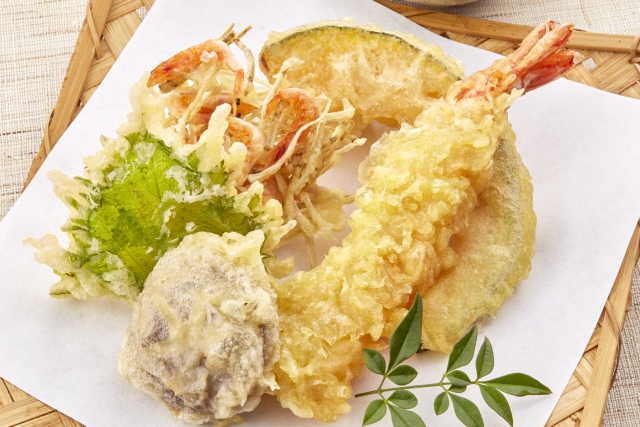When I talk about tempura with guests, they are often surprised when I explain that tempura is not originally a traditional Japanese dish. So this time, I would like to use tempura as a starting point to introduce one aspect of Japanese history.


One place I often visit with guests is the Fukagawa Edo Museum near Kiyosumi-Shirakawa Station. The museum features a life-sized reconstruction of an Edo-period neighborhood, including a display of tempura stalls. In those days, tempura was cooked in hot oil, which posed a fire hazard, so indoor sales were prohibited. Seafood from Edo Bay, along with vegetables such as sweet potatoes and lotus root, were skewered and sold at affordable prices. Although tempura is now considered a representative food of Edo culture, its roots actually lie in Portugal.
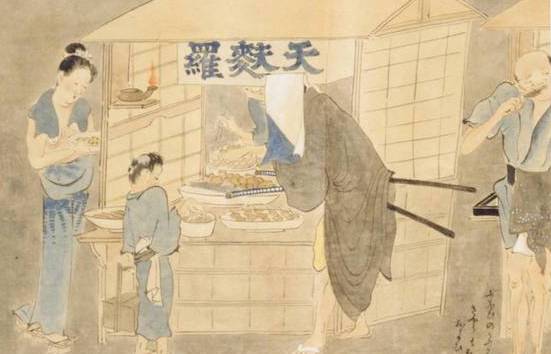

Japan is an island nation that has long incorporated culture from the Asian continent—mainly China and Korea. Over the centuries, continental influences such as rice cultivation, Chinese characters, metalworking, and Buddhism blended with the indigenous culture that had existed since the Jomon period, forming Japan’s unique cultural identity.
A new cultural influence arrived in the 16th century, when Spain and Portugal were expanding across the world during the Age of Exploration. Advances in navigation, the search for resources in Asia and the newly discovered lands, and the Catholic Church’s desire to regain influence after the Reformation all drove European expansion.
Christianity was introduced to Japan in 1549, when the Jesuit missionary Francis Xavier landed in Kagoshima. Following him, Spanish and Portuguese merchants and missionaries arrived, engaging in trade and religious activities.
The Western culture brought during this period came to be known in Japan as Namban culture (“Southern Barbarian culture”), which included not only religion but also food, everyday items, technology, and new vocabulary.

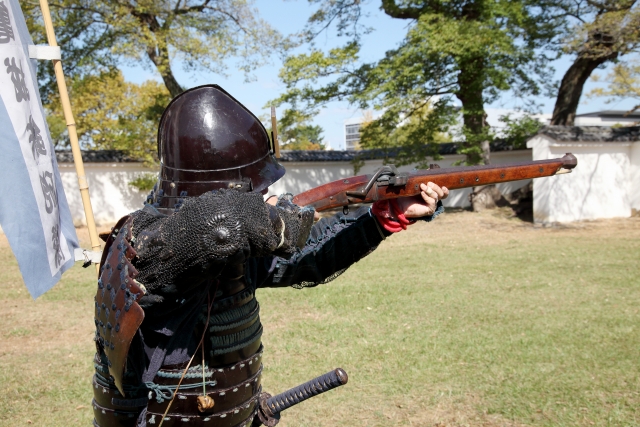
At the time, Japan was in the midst of the Sengoku period, with warlords competing for power. Among the most influential elements of Namban culture was the introduction of firearms. Oda Nobunaga famously adopted European guns early on, which helped him advance toward unifying the country. However, once Japan moved toward social stability, Christianity came to be viewed as a threat to public order and was eventually banned.

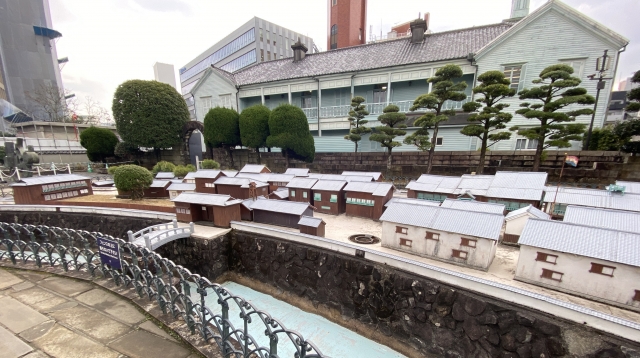
From the mid-17th century, Japan restricted contact with most foreign countries—except for the Netherlands, China, and Korea—and entered what is commonly called the “Sakoku” (closed-country) period. For about 200 years, Japan developed its culture largely in isolation.
Yet, many elements of Namban culture that had entered Japan during the century before Sakoku remained deeply rooted in daily life.
Traces of this influence can still be found in the Japanese language today. Words such as castella (sponge cake), konpeitō (sugar candy), karuta (playing cards), kappa (raincoat), and tabako (tobacco) all come from Portuguese or Spanish and remain part of modern Japanese vocabulary.
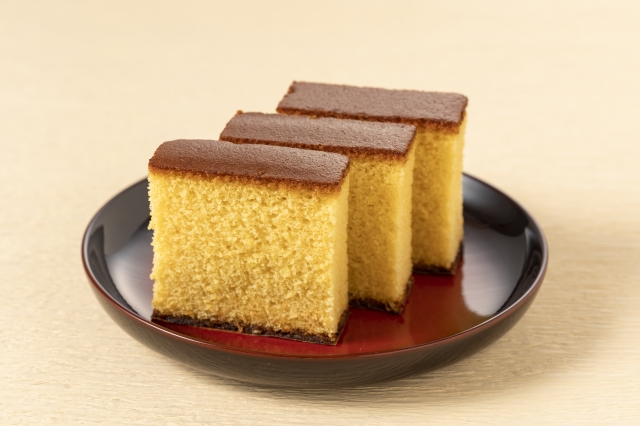

Tempura is one of these cultural legacies. Originating from Portuguese cooking, it spread from Nagasaki in Kyushu to Edo, where it developed independently as a popular street food. It eventually became known as one of the “Three Flavors of Edo,” alongside sushi and soba, and is now firmly established as a symbol of Japanese cuisine.

